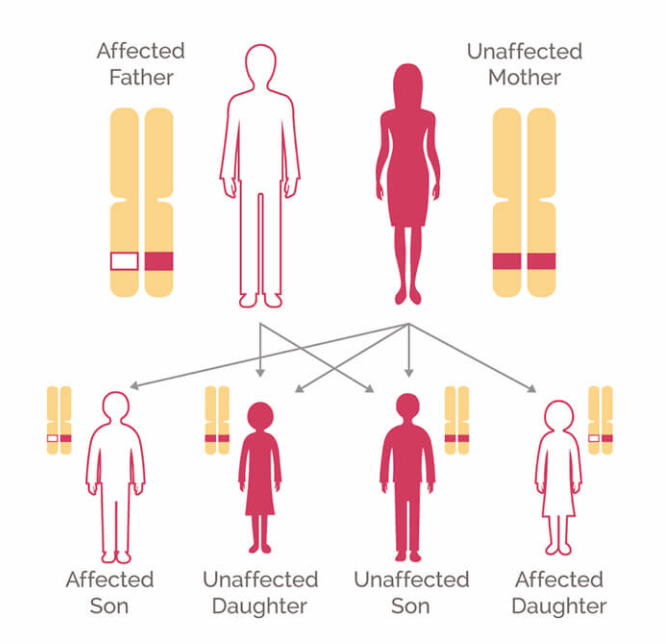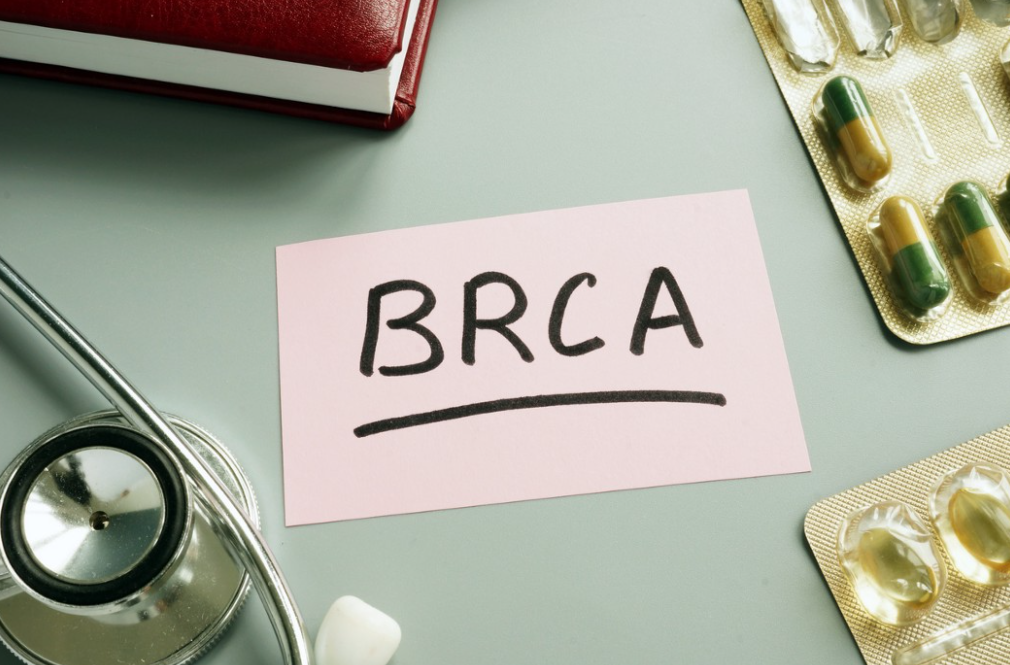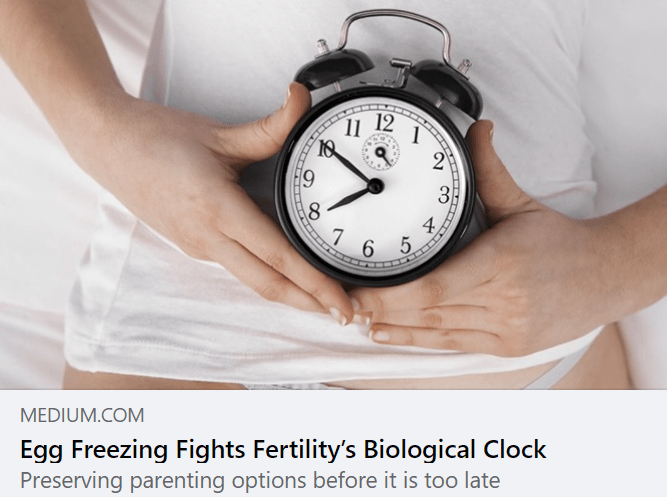Your genes may hold the secret to breast cancer susceptibility.
Her mother died of breast cancer. Her aunts and cousins developed breast cancer at a young age. She wanted to avoid the same fate.
We ran a simple and easy test to see if she carried the genetic mutations associated with an increased risk of breast cancer. Her test results indicated she was a carrier. Now she faced some difficult decisions. Should she undergo a prophylactic mastectomy or take a chance and have one more child.
Many women know breast cancer runs in their family. They live in fear, wondering if they will also develop cancer. Some have heard about testing for the breast cancer genes, but are unsure how to pursue this option.
Men and women with a family history of cancer may qualify for genetic testing to help make life-saving decisions.
What are the breast cancer genes?
Genetic mutations in BRCA 1 and BRCA 2 are linked to an increased risk of breast cancer. Although the names sound similar, these two genes are not related at all. BRCA1, first identified in 1990, is on chromosome 17. BRCA2, identified in 1994, is located on chromosome 13.
Other gene mutations are linked to various cancers, but BRCA mutations are the most common and most well-known.
Mutations in these two genes not only increase the risk of breast cancer but other cancers as well. BRACA 1 and 2 mutations increase the risk of ovarian and pancreatic cancer.
A BRCA1 mutation can increase the risk of cervical, uterine, and colon cancer, while mutations on BRCA2 can increase stomach, gallbladder, bile duct cancer, and melanoma.
Mutations in the BRCA 1 and 2 genes change the function of the cells containing them. These genes are known as tumor suppressors. When functioning normally, their job is to create proteins to suppress cancer and help maintain cell growth.
When deleterious mutations are present, cells have the potential for unchecked growth leading to an increased risk of cancer.
Do I have the BRCA 1 and 2 genes?
Everyone has two copies of these genes. All of our cells contain genes holding our body’s genetic code. We all have BRCA 1 and 2 genes. The increased risk of cancer comes when we have a mutation in the gene.
Gene mutations alter the genetic code inside of cells. Certain mutations change the function of cells.
We inherit our genes from our parents. One copy comes from our mother and the other from our father. When we inherit one gene mutation from a parent, every cell in the body will possess one mutated copy of the gene and one normal copy.
People with no abnormal BRCA mutations have the lowest risk. One copy of a mutated gene increases cancer risk, but the other gene promotes tumor suppression.
When two mutated copies are present, the lifetime risk of cancer increases to a dangerous degree.

Because harmful mutations may be inherited from either our mother or the father, our complete family history is the best indicator of a potential mutation. Physicians will evaluate the maternal and paternal family cancer history to determine the risk level and the need for testing.
Doctors evaluate for specific risk factors:
- Breast cancer diagnosed before age 50 years
- Cancer in both breasts in the same woman
- Both breast and ovarian cancers in either the same woman or the same family
- Multiple breast cancers in the family
- Two or more primary types of BRCA1 or BRCA2-related cancers in one family member
- Cases of male breast cancer
- Ashkenazi Jewish ethnicity
Certain ethnic groups are also at a higher risk of having these mutations, including those with Ashkenazi Jewish backgrounds. Ashkenazi Jewish people have as high as a 1 in 40 chance of possessing a harmful BRCA1 or BRCA2 mutation.
How much does my cancer risk increase if I have a mutation?
Recent breast cancer statistics suggest that 1 in 8 women will develop be breast cancer in their lifetime. Approximately 60 percent of women who have inherited these harmful gene mutations will develop breast cancer. By age 70, the risk of breast cancer for mutation carriers is:
- 55–65 percent for BRCA1 carriers
- 45–55 percent for BRCA2 carriers
IIt’s essential to remember the following:
- Not all breast cancer is due to these genetic mutations.
- Scientists’ best estimates suggest that only 5 to 10 percent of breast cancers are due to the mutations of BRCA1 and BRCA2.
- Not every woman with a harmful mutation gets cancer.
- Not all women with the mutation will develop breast cancer, but more than half of them will, and many at an earlier age than the average diagnosis.
Testing For BRCA1 and 2 mutations
Genetic testing for these mutations is available for those who qualify. Thanks to the Affordable Care Act, insurance coverage is guaranteed if an individual meets testing criteria. But only about 2 percent of the general population will meet the strict testing guidelines.
Blood or saliva is collected for genetic testing in a doctor’s office to be sent to a testing company. It can take several weeks to receive the results.
Genetic counseling both before and after the test is highly recommended. Learning about the presence of a cancer mutation can be emotionally and psychologically challenging. It is crucial to speak with an expert who can guide patients through the implications and possible options.

What are my options if I am a BRCA mutation carrier?
Women who do test positive have options. It is important to speak with a specialist well-versed in genetic counseling. The management is highly dependent on the patient’s age and family planning status.
Patients will start an individualized cancer prevention plan. This often includes a twice-yearly clinical breast exam combined with Breast MRI and mammograms alternating every six months. Monthly breast self-examination may be encouraged.
Some may qualify for annual CA-125 blood tests combined with transvaginal ultrasound for ovarian cancer prevention. Young patients may be started on oral contraceptives to reduce the risk of ovarian cancer.
BRCA 2 carriers will be referred for annual skin evaluation to monitor for melanoma.
Some women may choose to freeze their eggs to preserve their fertility later in life.
Some women may choose risk-reduction surgery. The breasts and surrounding tissue can be removed to reduce the risk of breast cancer. This procedure is called a prophylactic bilateral mastectomy. Bilateral prophylactic mastectomy reduces breast cancer risk by 95 percent in women with a BRCA 1 mutation and 90% in a BRCA2 mutation carrier.
Ovarian cancer risk-reduction surgery is called a prophylactic bilateral salpingo-oophorectomy. The fallopian tubes and ovaries are surgically removed. Ovarian cancer risk decreases by 90%, and breast cancer risk reduces by 50% after removing the fallopian tubes and ovaries.
Removing the ovaries causes surgical menopause. Hot flashes and night sweats are two of the most common and frustrating menopausal symptoms.
Why is genetic testing important?
People with a strong family history of cancer often worry about getting cancer. Parents worry they may have passed on harmful genes to their children.
Getting tested is simple and easy for those who meet testing criteria. When we find a negative test, indicating the mutation is not present, a weight of worry comes off the patient’s shoulders.
When we find a positive test indicating a harmful mutation is present, we can individualize a cancer prevention plan to encourage early detection and prevention. Genetic testing can be a key step to a long and healthy life.
Thank you to BeingWell for publishing this article on Medium.
Blog Author: Dr. Jeff Livingston
Main Blog Photo By: designer491 istock by Getty













